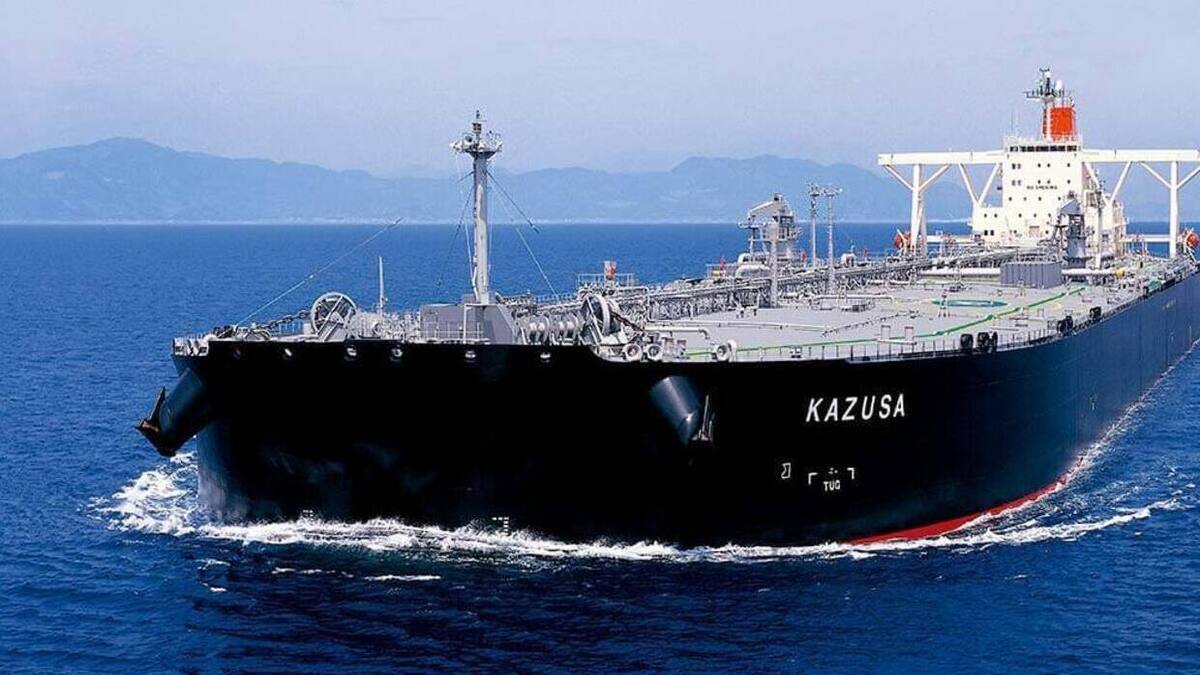The all-LNG-fuelled, six-vessel order includes two VLCCs and four dry bulk carriers
Mitsui OSK Lines (MOL) has placed the first confirmed order for VLCCs the shipping industry has seen in months, ordering two LNG-fuelled VLCCs as part of a half-dozen-vessel order with two shipyards.
MOL concluded a contract for the construction of two 309,000-dwt VLCCs with Kawasaki Heavy Industries (KHI). The newly ordered VLCCs will be built by Dalian COSCO KHI Ship Engineering in Dalian, China. The shipyard is jointly operated by KHI and China COSCO Shipping Corp Ltd.
This VLCC order is the first for LNG-fuelled VLCCs from a Japanese tanker operator. The newbuilding VLCCs are scheduled for delivery 2025 and 2026.
In addition to the 309,000-dwt VLCCs, MOL said it intends to build four LNG-fuelled Capesize dry bulk carriers. The deal for construction of four 210,000-dwt Capesize bulkers with CSSC Qingdao Beihai Shipbuilding is MOL’s first with the Chinese shipyard.
MOL said it is “steadily progressing towards 90 LNG-fuelled vessels by 2030”.
“The MOL Group has moved forward with decarbonisation and low carbonisation in line with ’MOL Group Environmental Vision 2.1,’ established in June 2021, with the aim of achieving net-zero greenhouse gas (GHG) emissions by 2050. It plans to expand its fleet of LNG-fuelled vessels to about 90 by 2030, in line with the ’adoption of clean alternative energy’ strategy toward the goal of net-zero GHG emissions,” the company said.
MOL said it had chosen LNG as the most feasible option currently available, noting LNG can be substituted with other fuels. The company said it adopted the fuel with a view to shifting toward synthetic methane produced using renewable energy sources, which can significantly reduce GHG emissions.
MOL Group has thus far ordered 16 oceangoing LNG-fuelled vessels which include car carriers, bulkers and six coastal vessels: ferries, a tugboat and a coastal cargo vessel, in addition to the latest order for bulkers and VLCCs. The group said it will continue to widen the use of LNG fuel “to accelerate toward the complete elimination of GHG emissions”.






